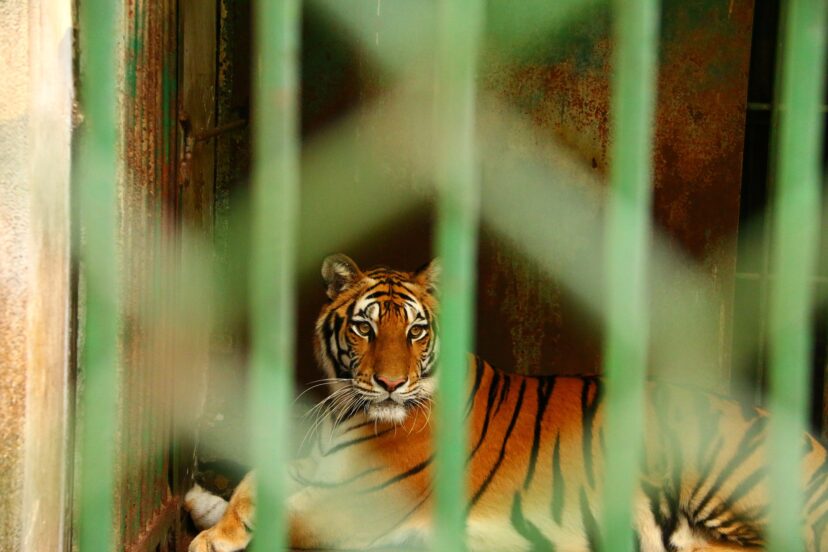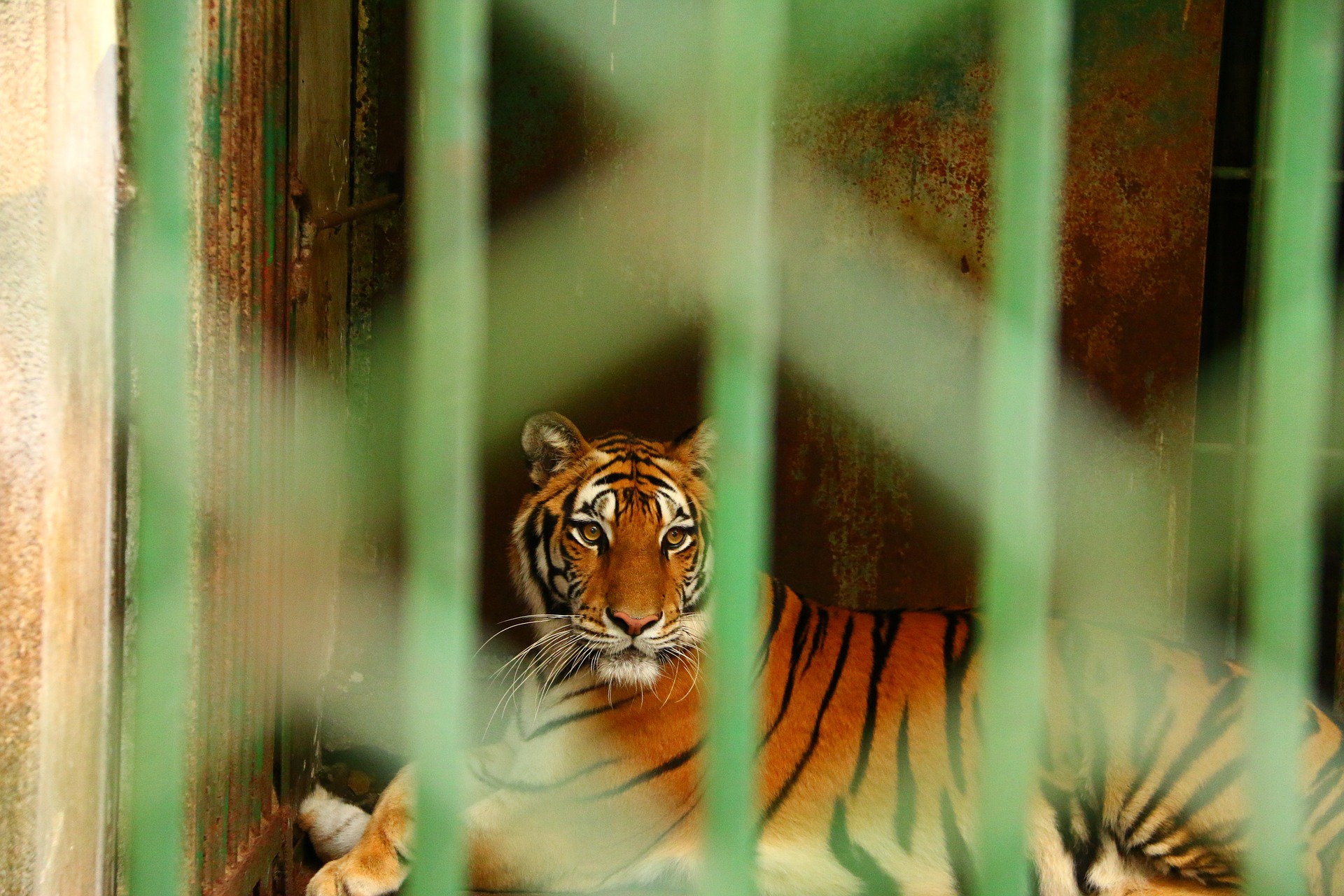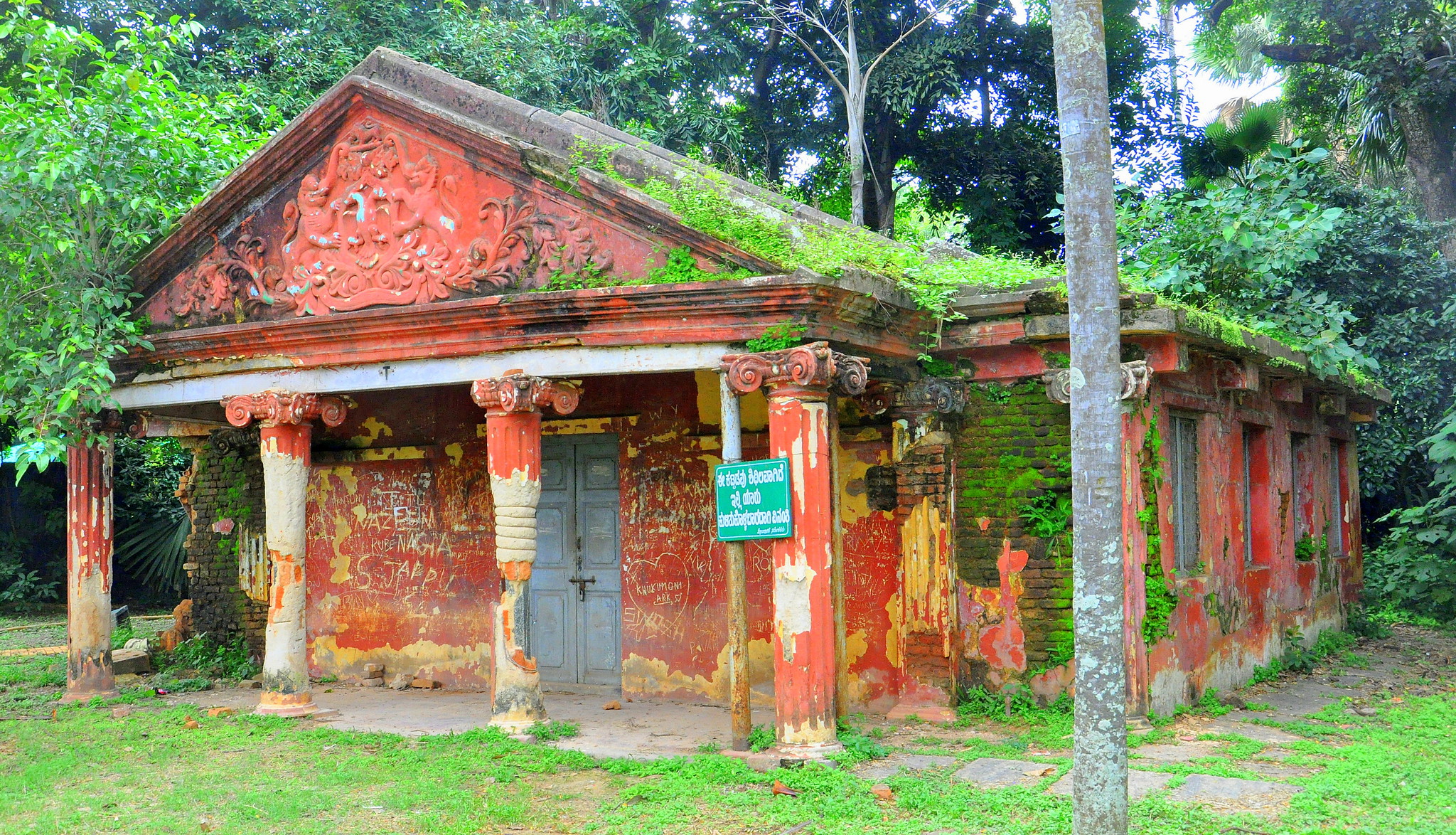
The German and the Garden City
The Man
A Multifaceted Genius Arvind Krishnaswamy

Whatever he touched, he adorned
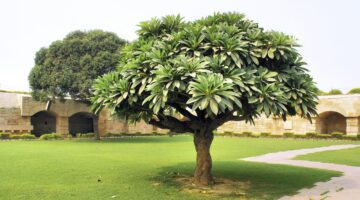
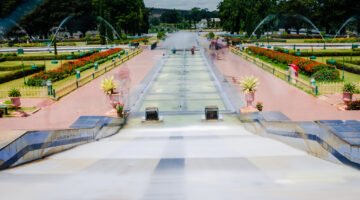
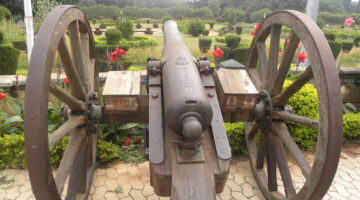
Krumbiegel maintained extensive contacts with horticultural experts in the USA, Australia and South America. New varieties of plants and seeds were exchanged along with information on advances in the field. In 1910, he sent seeds of seven varieties of mango to the US Department of Agriculture including Raspuri, Badami and Mulgoa but sadly they were found infested with mango weevil upon arrival.
As a tribute to his dedication, versatility and prowess in horticulture, K.S. Gopalaswamy Iyengar, an horticulturist of international repute, grew a distinctive variety of croton and named it after Krumbiegel.
Apart from being the Director of Horticulture in the State of Mysore, he was in charge of the Government Museum in Bengaluru for several years. During his tenure, he made several improvements to the museum which attracted about 3,00,000 visitors every year. He ensured that the buildings were maintained in good condition and also added new exhibits every year. He served the Museum until retirement from service on July 1, 1932. In recognition of his services, he was given a pension and rent free accommodation on Jayamahal Road by the Maharajah of Mysore.
On October 25, 1932, the members of Mysore Horticultural Society hosted a farewell event at Lalbagh. Sir Mirza Ismail, the Joint President, presented Krumbiegel with a crocodile leather cigar case as a souvenir.
In 1935, Lalbagh was extended on the western side by acquiring private land in Mavalli. A new road was built diverting traffic passing through the gardens and it was named after Krumbiegel. The old mud wall was demolished and a new one built to enclose the newly acquired area. The old West Gate was also reconstructed in its present location at Basavanagudi.
Outside of horticulture, Krumbiegel was one of the 17 founder members of The Mythic Society started in 1909 with the objective of encouraging the study of the Sciences of Ethnology, History and Religions. In addition, as its Honorary Treasurer he played a big role in ensuring its finances were in sound order besides collecting books to start its library. He continued his association with this society till his last days.
Krumbiegel was a member of the “Southern Brotherhood” Freemasons Lodge in Bengaluru where he served as a Junior Warden.2 For those not familiar, Freemasonry origins can be traced back to the 13th century and it is the world’s oldest and most secretive fraternal organization. It grew with the spread of the British Empire and boasts of many famous people who have been Freemasons.

Even though Krumbiegel was born in Germany, he served in Bangalore Rifle Volunteers (BRV), an auxiliary infantry unit in the British Army. He held the rank of Lieutenant until July 15, 1913 when he was promoted to Captain. He resigned on August 27, 1914 about a month after the start of the First World War in Europe. Disregarding the facts, the British interned him for about three years. In a public statement, Krumbiegel expressed his dismay at this callous treatment.3
Krumbiegel had formed excellent relationships with many luminaries of the time including Sir M Visvesvaraya and Sir Mirza Ismail besides earning the respect and trust of the Maharajah of Mysore. He was asked to take up many tasks unrelated to his profession and he always proved his capabilities. Nalwadi Krishnaraja Wodeyar appointed Krumbiegel as secretary to the Mysore Dasara Exhibition Committee and was responsible for planning and arranging the annual exhibition. Sir M Viswesvaraya commended Krumbiegel for “the high standard aimed at by him in the arrangement of the exhibits and the thoroughness with which the work is done every year”.4
Besides educating and guiding the staff of the Horticultural Department, he was a visiting professor of Town Planning and Civil Design in the College of Engineering at Mysore University.
He was a member of the committee formed to create a 50-year master plan for Bengaluru in February 1950. The objective was to maintain its reputation as a beautiful and healthy city, regulate the future growth and prevent haphazard and erratic expansion of the city. Did we fulfill his objective? A look at the city today will answer the question.
It is said that Krumbiegel had a keen interest in music, literature and philosophy. Despite all his achievements, he remained simple, polite and generous until the end.
The Film
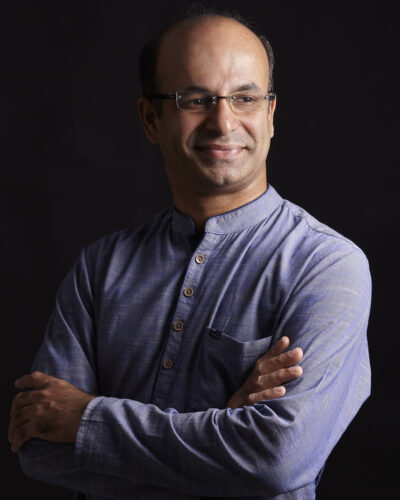
Ganesh Shankar Raj
Ganesh Shankar Raj was born in Kerala and is a resident of Bengaluru since the 1980s. Drawn to making films since his childhood, he started Inner Eye World Films in 2006. The company is focused on films for corporate clients as well as major channels like National Geographic and Discovery. Ganesh’s interest in general knowledge, culture, history and heritage along with a bunch of talented filmmakers, editors, writers resulted in a new venture called MINDIA or Mind of India. MINDIA has made several short films of 4 to 5 minutes on unusual topics such as Mudhol Hounds which has been viewed over a million times.
Main Image: Krumbiegel Hall in Lalbagh before it was demolished in November 2017.
Sources:
- Mysore, A reprint of articles from the Mysore Supplement of The Hindu, 1937
- The Bombay Gazette, November 27, 1912
- The Bombay Chronicle, August 11, 1915
- Speeches by Sir M Visvesvaraya, 1917
- The Bombay Gazette, June 27, 1913
Photo Credits:
Krumbiegel Hall, Lalbagh © Dr. Parshotam Lal Tandon and licensed under CC BY-ND 2.0.
Brindavan Gardens © Ashwin Kumar https://flic.kr/p/gJBkQz
Bengaluru Palace © Maneesh Upadhyay | Dreamstime.com


